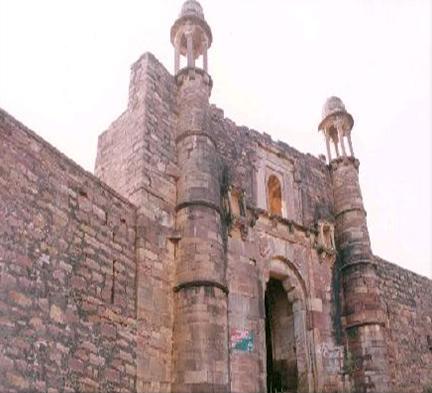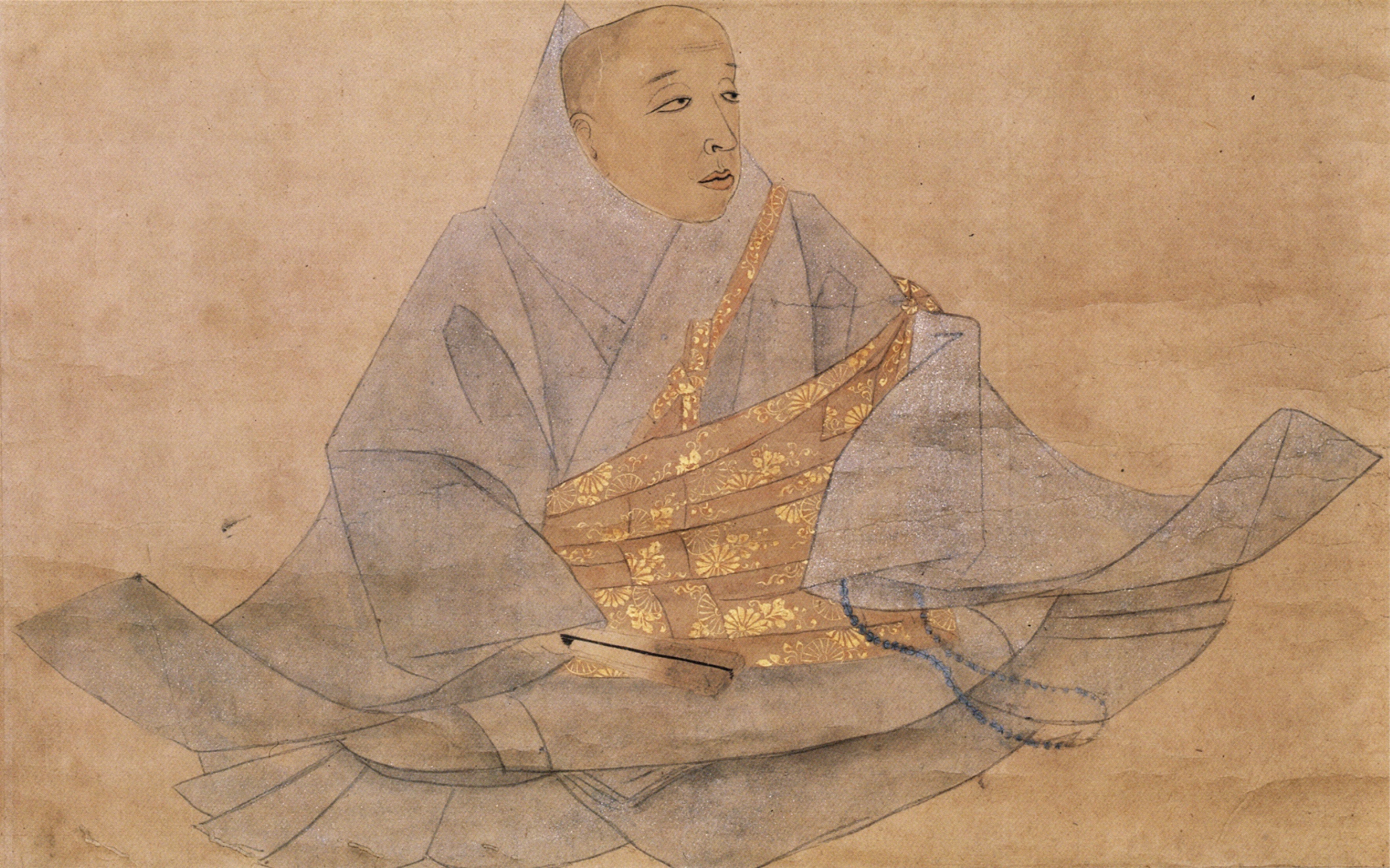|
Mandrayal
Mandrayal is a town in the state of Rajasthan, India. According to a census from 2011, Mandrayal has a population of 8,590; while the population of Mandrayal Tehsil is 74,600. History Mandrayal is the main town in the Karauli district. It joins the two states of Madhya Pradesh and Rajasthan and is famous for its history. In 1534, Puranmal, the Raja of Amber, fought in favour of Mughals in the Battle of Mandrayal. The following year, Bahadur Shah of Gujrat besieged the fort of Chittoor. Humayun fought against him. Bharmal's policy towards Mughals was merely an extension of his brother's policy. Population As of the 2011 Census of India, Mandrayal was home to 1588 households. Its population owas 8,590 of which 4,586 were male and 4,004 female. The number of children with age 0-6 was 1412 and the Average Sex Ratio was 873, which was lower than the Rajasthan state average of 928. The Child Sex Ratio was 940, higher than the Rajasthan average of 888. Mandrayal village has ... [...More Info...] [...Related Items...] OR: [Wikipedia] [Google] [Baidu] |
MANDRAYAL
Mandrayal is a town in the state of Rajasthan, India. According to a census from 2011, Mandrayal has a population of 8,590; while the population of Mandrayal Tehsil is 74,600. History Mandrayal is the main town in the Karauli district. It joins the two states of Madhya Pradesh and Rajasthan and is famous for its history. In 1534, Puranmal, the Raja of Amber, fought in favour of Mughals in the Battle of Mandrayal. The following year, Bahadur Shah of Gujrat besieged the fort of Chittoor. Humayun fought against him. Bharmal's policy towards Mughals was merely an extension of his brother's policy. Population As of the 2011 Census of India, Mandrayal was home to 1588 households. Its population owas 8,590 of which 4,586 were male and 4,004 female. The number of children with age 0-6 was 1412 and the Average Sex Ratio was 873, which was lower than the Rajasthan state average of 928. The Child Sex Ratio was 940, higher than the Rajasthan average of 888. Mandrayal village has ... [...More Info...] [...Related Items...] OR: [Wikipedia] [Google] [Baidu] |
Karauli District
Karauli District is a district of Rajasthan in western India. The town of Karauli is the district headquarters. Karauli District comes under Bharatpur division, Bharatpur Divisional Commissionerate. Karauli is famous for popular red-stone. The population of the district is 1,458,248 (2011 census), indicating a population density is 264 persons per km2. Geography and location The district of Karauli encompasses an area of . It is bordered by Dholpur District to the east; by Bharatpur District to the north-east; by Dausa District to the north; and by Sawai Madhopur District to the west. The Chambal River forms the south-eastern boundary of the district, from Mandrayal across which lies the state of Madhya Pradesh. While almost the entire district is covered by hills and ravines, there are no lofty peaks, the highest having an elevation of less than above sea level. Good grade stone and some iron ore comprise the mineral resources of the area. Topography Karauli's natural en ... [...More Info...] [...Related Items...] OR: [Wikipedia] [Google] [Baidu] |
States And Territories Of India
India is a federal union comprising 28 states and 8 union territories, with a total of 36 entities. The states and union territories are further subdivided into districts and smaller administrative divisions. History Pre-independence The Indian subcontinent has been ruled by many different ethnic groups throughout its history, each instituting their own policies of administrative division in the region. The British Raj mostly retained the administrative structure of the preceding Mughal Empire. India was divided into provinces (also called Presidencies), directly governed by the British, and princely states, which were nominally controlled by a local prince or raja loyal to the British Empire, which held ''de facto'' sovereignty ( suzerainty) over the princely states. 1947–1950 Between 1947 and 1950 the territories of the princely states were politically integrated into the Indian union. Most were merged into existing provinces; others were organised into ... [...More Info...] [...Related Items...] OR: [Wikipedia] [Google] [Baidu] |
Sarpanch
A sarpanch ( IAST: ''Sarpañch'' Hindi: ''सरपंच'') or Gram Pradhan or Mukhiya is a decision-maker, elected by the village-level constitutional body of local self-government called the Gram Sabha (village government) in India. The Sarpanch, together with other elected panchayat members (referred to as ''ward panch''), constitute gram panchayats and zilla panchayats. The sarpanch is the focal point of contact between government officers and the village community and retains power for five years. Meaning of ''sarpanch'' Sar, meaning head, and panch meaning five, gives the meaning ''head of the five decision makers of the gram panchyat'' of the village. In the state of West Bengal, a Sarpanch is called as Panchayat Pradhan (Pradhan means Chief) and his deputy as Panchyat Upa-Pradhan. Roles and Responsibilities Sarpanch is bestowed with following roles and responsibilities: * To conduct meetings of Gram Sabha excluding Social Audit of Gram Sabha. * To maintain record ... [...More Info...] [...Related Items...] OR: [Wikipedia] [Google] [Baidu] |
1348 Establishments In Asia
Year 1348 ( MCCCXLVIII) was a leap year starting on Tuesday (link will display the full calendar) of the Julian calendar, the 1348th year of the Common Era (CE) and ''Anno Domini'' (AD) designations, the 348th year of the 2nd millennium, the 48th year of the 14th century, and the 9th and pre-final year of the 1340s decade. Events January–December * January – Gonville Hall, the forerunner of Gonville and Caius College, Cambridge, England, is founded. * January 25 – The 6.9-magnitude 1348 Friuli earthquake centered in Northern Italy was felt across Europe. Contemporary minds linked the quake with the Black Death, fueling fears that the Biblical Apocalypse had arrived. * February 2 – Battle of Strėva: the Teutonic Order secure a victory over the Grand Duchy of Lithuania. * April 7 – Charles University in Prague, founded the previous year by papal bull, is granted privileges by Charles I, King of Bohemia, in a golden bull. * April 23 – Edw ... [...More Info...] [...Related Items...] OR: [Wikipedia] [Google] [Baidu] |

